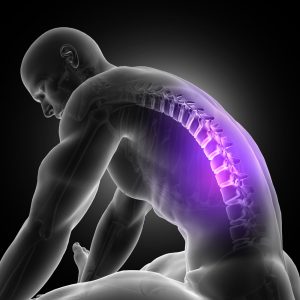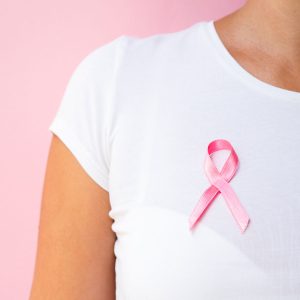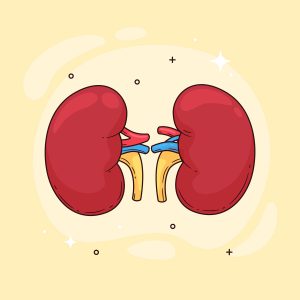Endometrial cancer is one of the most common gynecological cancers, affecting the lining of the uterus (endometrium). Early detection plays a crucial role in improving treatment outcomes. Knowing the risk factors and identifying symptoms at the earliest can help women take proactive steps toward their health.
Major Risk Factors for Endometrial Cancer
Several lifestyle, hormonal, and genetic factors can increase a woman’s chances of developing endometrial cancer. The most significant risk factor is prolonged estrogen exposure without the balancing effect of progesterone. Below are the key contributors:
1. Excess Estrogen Exposure Without Progesterone
When estrogen levels remain high without progesterone, the endometrial lining continues to thicken, raising the risk of cancer over time. Common causes include:
- Estrogen-only hormone replacement therapy
- Tamoxifen therapy, often used in breast cancer treatment
- Early menarche (onset of periods before age 12)
- Late menopause (after age 55)
- Never having been pregnant (nulliparity)
2. Polycystic Ovary Syndrome (PCOS)
Women with PCOS often experience chronic anovulation and higher estrogen levels, making endometrial cancer risk significantly higher.
3. Obesity
Excess body fat increases estrogen production, especially after menopause. This makes obesity one of the strongest modifiable risk factors.
4. Metabolic Syndrome
A combination of high blood pressure, high blood sugar, abnormal cholesterol levels, and excess abdominal fat can contribute to hormonal imbalance and inflammation, both linked to endometrial cancer.
5. High-Fat Diet
Diets rich in unhealthy fats can influence hormone levels and body weight, indirectly increasing risk.
6. Endometrial Hyperplasia
A precancerous condition where the uterine lining becomes abnormally thick. If untreated, it can progress to cancer.
7. Increasing Age
The risk rises significantly after age 50, especially post-menopause.
8. Family History
Having a close relative with endometrial, colon, or ovarian cancer—even due to genetic syndromes like Lynch syndrome—raises the likelihood.
9. Chemical Exposure
Recent studies suggest that long-term use of certain hair relaxers may slightly increase the risk due to endocrine-disrupting chemicals.
Symptoms of Endometrial Cancer You Should Never Ignore
Endometrial cancer often shows early symptoms, which makes timely diagnosis possible. Seek medical attention if you notice:
1. Abnormal Vaginal Bleeding
The most common sign — includes:
- Bleeding between periods
- Heavy or prolonged periods
- Any bleeding after menopause
2. Unusual Vaginal Discharge
Watery, blood-tinged, or foul-smelling discharge can be an early indicator.
3. Pelvic Pain or Pressure
Persistent pelvic discomfort or a feeling of heaviness may signal changes in the uterus.
4. Pain During Intercourse
Dyspareunia can occur due to changes in the uterine lining.
5. Unintended Weight Loss (Advanced Stages)
6. Fatigue, Bloating & Changes in Bowel/Bladder Habits
These may appear in more advanced disease.
When to See a Doctor?
Any abnormal bleeding—especially postmenopausal bleeding—should be evaluated immediately. Early diagnosis ensures better treatment outcomes and a higher chance of cure.
Takeaway
Endometrial cancer is highly treatable when caught early. Being aware of the risk factors and listening to your body can make a life-changing difference. If you fall into a high-risk category or are experiencing any symptoms, schedule a gynecological consultation without delay.
Dr. Santhoshkumar Bandegudda
MBBS, MS, DrNB (Surgical Oncology), FMAS, FIAGES
Consultant – Surgical Oncology














